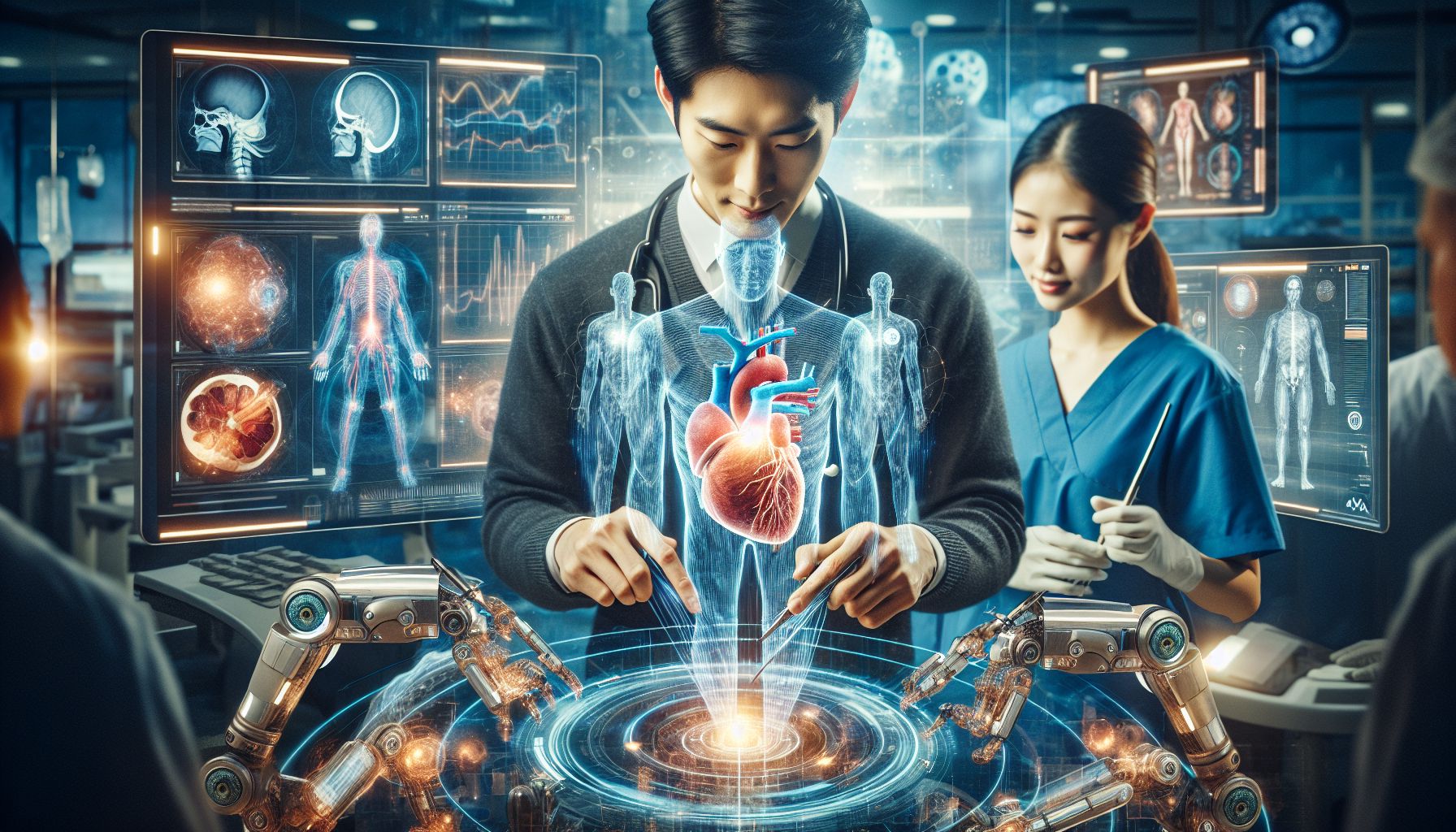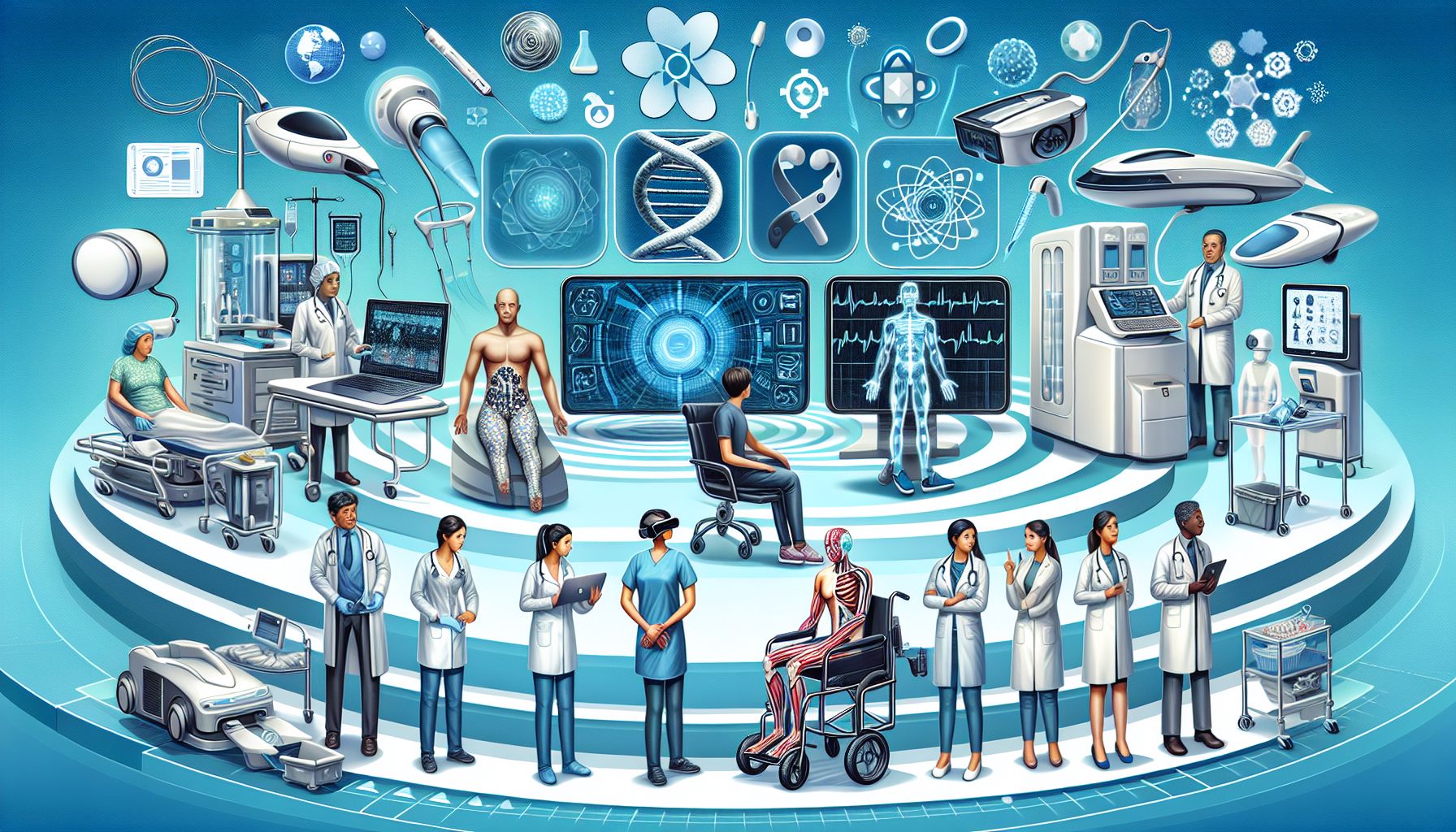The field of medical technology has been undergoing groundbreaking advancements, transforming the way healthcare is delivered. From diagnosis to treatment, technology has enabled healthcare professionals to provide more effective and efficient care to patients. With every passing year, new innovations are revolutionizing the medical landscape, improving patient outcomes, and saving countless lives.
The Power of Diagnosis: Precision and Speed
One of the most significant contributions of medical technology is in the realm of diagnosis. Advanced tools and techniques have enhanced the accuracy and speed of identifying diseases and conditions, enabling healthcare providers to initiate treatment promptly. Gone are the days of lengthy and invasive procedures for diagnosis. Today, with the help of technologies like medical imaging, genetic testing, and diagnostic software, healthcare professionals can make accurate diagnoses with unprecedented precision.
The advancements in medical imaging alone have been remarkable. Magnetic Resonance Imaging (MRI) and Computed Tomography (CT) scans now provide detailed images of the human body, allowing doctors to detect abnormalities or tumors that might have remained unnoticed previously. These non-invasive procedures save time, reduce patient discomfort, and facilitate early intervention, increasing the chances of successful treatment.
Personalized Treatment: A New Era in Medicine
Medical technology has ushered in a new era of personalized treatment. Through the use of advanced genetic testing, doctors can now tailor treatment plans based on an individual’s genetic makeup. This approach, known as precision medicine, has proven to be remarkably effective, particularly in the treatment of certain types of cancers and genetic disorders.
Furthermore, robotics and artificial intelligence have revolutionized surgical procedures, enabling surgeons to perform complex operations with enhanced precision and minimal invasiveness. Robotic-assisted surgeries reduce the margin of error, leading to quicker recovery times, and fewer complications. Not only does this benefit patients, but it also lessens the strain on healthcare resources, allowing medical professionals to treat more individuals in need.
Enhancing Patient Care: From Telemedicine to Wearable Devices
In addition to improving diagnosis and treatment, medical technology has transformed the way patients receive care. Telemedicine, for instance, has emerged as a lifeline for individuals in remote locations or those with limited mobility. With a simple video call, patients can consult with healthcare professionals, receive advice, and even have prescriptions written without leaving their homes. This not only saves time and money but also ensures that healthcare is accessible to all.
Moreover, wearable devices equipped with sensors and data-tracking capabilities have become increasingly popular. These devices, such as fitness trackers and smartwatches, allow individuals to monitor vital signs, track daily activity, and even detect irregularities in heart rate or sleep patterns. The continuous monitoring of such data empowers users to take proactive steps to improve their health and well-being, preventing potential health issues before they become severe.
Conclusion
Medical technology continues to evolve at an unprecedented pace, elevating the standard of healthcare worldwide. From cutting-edge diagnostic tools to personalized treatment and patient-focused innovations, the impact of technological advancements in medicine cannot be overstated. As we move forward, it is essential to embrace these incredible tools, leveraging their power to improve patient outcomes, enhance accessibility to care, and ultimately save lives. The future of healthcare lies in the fusion of medicine and technology.



